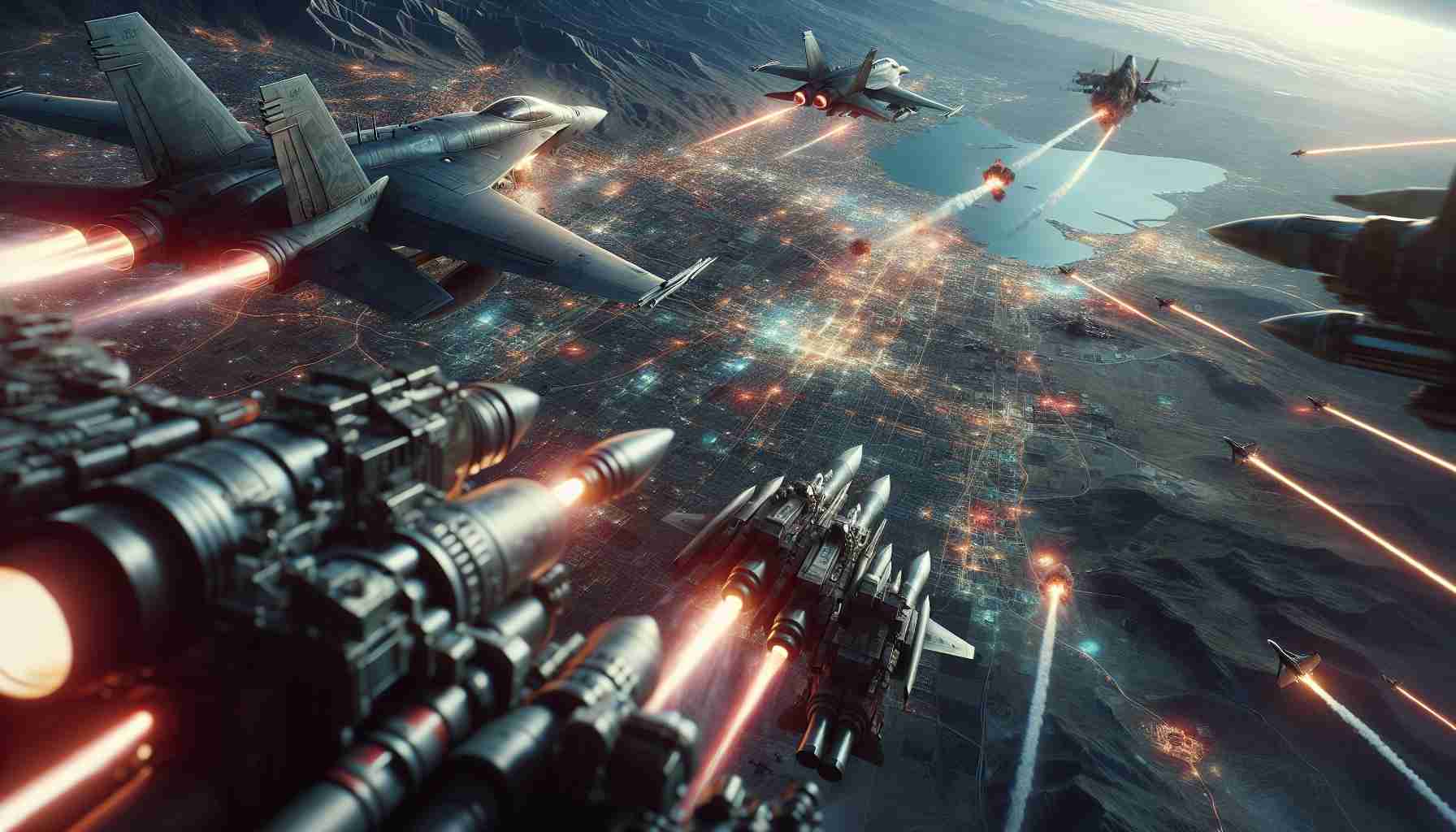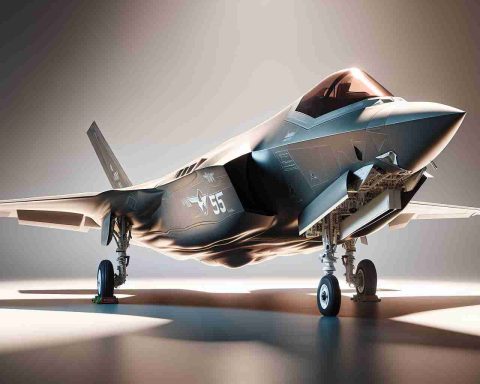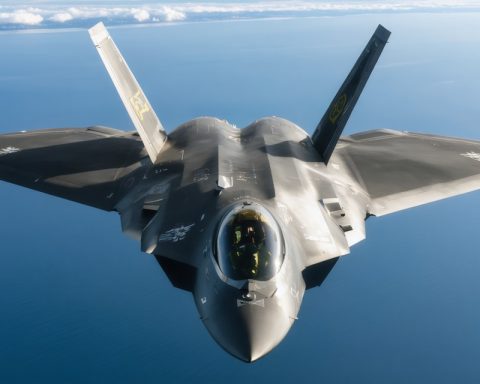In a daring act amidst Syria’s ongoing turmoil, the Israeli Air Force executed a series of meticulously planned airstrikes on December 8, targeting key military installations. The strikes, which were confirmed by Israeli media, aimed at crippling Syria’s advanced weapon systems, predominantly those supplied by Russia.
Strategic Strikes Target Key Bases
The attacks focused on the Khalhalah base in Suwayda, various sites in Daraa province, and notably, the Mezzeh airbase near Damascus. The primary goal, as described by analysts, was to prevent these formidable weapon systems from reaching hostile groups that could turn them against Israel. This reflects Israel’s broader strategic aim of safeguarding its security amid regional instability.
Concerns Over Weapon Acquisition
Experts speculate diverse motivations for the strikes. Some believe Israel was thwarting Syrian opposition forces from accessing these advanced weaponry, which could alter power dynamics. Others argue the true intention was obstructing terrorist groups from seizing Russian-made arms.
Hezbollah’s Growing Influence
An emerging threat for Israel is the increasing power of Hezbollah and allied pro-Iranian militias. After the Assad regime’s collapse, these groups might attempt to control high-tech armaments, posing a severe risk to Israel’s northern frontier. Therefore, the urgency behind Israel’s calculated attacks is palpable.
Explosions and Aftermath
Images and videos depict devastated Russian weaponry, including the obliterated Buk-M1 and Pantsir-S1 missile defense systems. The dramatic footage underscores the operation’s precision and intensity, as these attacks send a bold message to Israel’s adversaries. The focus on Mezzeh, a strategic military hub near Damascus, highlights Israel’s intent to prevent misuse of military resources by any faction.
The Inside Story of Israel’s Strategic Airstrikes: Unveiling the Future of Middle Eastern Defense Dynamics
In recent developments from the volatile landscape of the Middle East, Israel’s calculated airstrikes on Syrian military bases have opened new discussions around defense strategies, technological advancements, and regional security paradigms. Surveillance and military precision continue to play an essential role, making Israel’s operations highly relevant in understanding the broader regional stability goals and innovations in military technology.
Innovations in Surveillance and Precision Strikes
One of the critical facets of Israel’s recent military actions is the advanced surveillance and intelligence-gathering techniques that precede such operations. This capability allows Israel to meticulously plan and execute operations with pinpoint accuracy, minimizing collateral damage while achieving strategic military objectives. Israel’s utilization of drone technology and satellite imagery to identify and target enemy assets has been pivotal in maintaining an edge over regional adversaries.
A Deep Dive into Defense Technology
Israel’s airstrikes have emphasized the role of cutting-edge military technology. The successful targeting of formidable Russian-supplied weapon systems like the Buk-M1 and Pantsir-S1 missile defense systems demonstrates the effectiveness of Israel’s air force technologies. This not only showcases Israel’s commitment to preemptively neutralizing threats but also sends a message to its adversaries about the country’s advanced defense capabilities.
Strategic Implications and Predictions
These events have significant implications for the future of Middle Eastern defense dynamics. Analysts predict a continued arms race in the region, with countries striving to improve their defensive arsenals and countermeasures. Israel’s actions highlight the importance of staying ahead through innovation and strategic alliances. As a result, there might be increased investments in anti-aircraft systems and defensive measures among Middle Eastern nations.
Concerns About Regional Stability
Israel’s operations underscore the ongoing threats from groups like Hezbollah and affiliated militias, which pose severe security risks. With Syria’s instability providing fertile ground for these groups to acquire advanced weaponry, Israel’s preemptive strikes aim to safeguard its borders against potential threats. Ensuring stability in the region will likely remain a core focus for Israel and its allies.
Market Analysis: Defense Spending Trends
The Middle Eastern defense market is witnessing increased spending as countries prioritize security. The demand for advanced weapon systems and communication technologies is soaring in response to rising regional tensions. Israel, known for its innovative defense industry, continues to be a vital player in this market, both as a developer and a potential security partner.
Sustainability and Security Innovations
The Israeli defense strategy also incorporates sustainability practices, focusing on energy-efficient systems and reducing the ecological impact of its military operations. Such environmental considerations are becoming crucial factors in modern warfare, ensuring resource optimization while maintaining security readiness.
In conclusion, Israel’s targeted airstrikes in Syria reflect broader regional security strategies intertwined with technological advancement and sustainable defense practices. These developments are poised to shape the future of military operations and defense strategies in the Middle East, setting new standards in surveillance, precision, and innovation.
For more information on Israel’s defense strategies and military innovations, visit the official IDF website.












